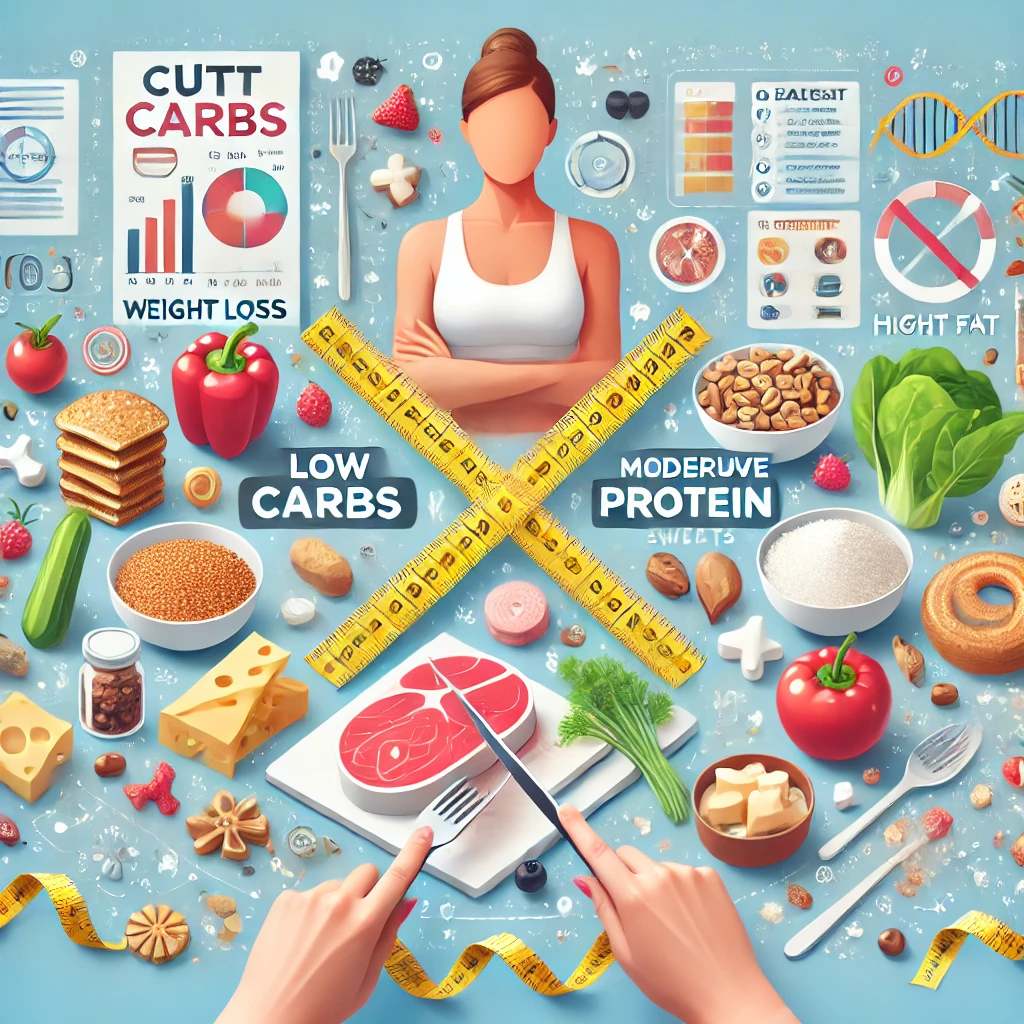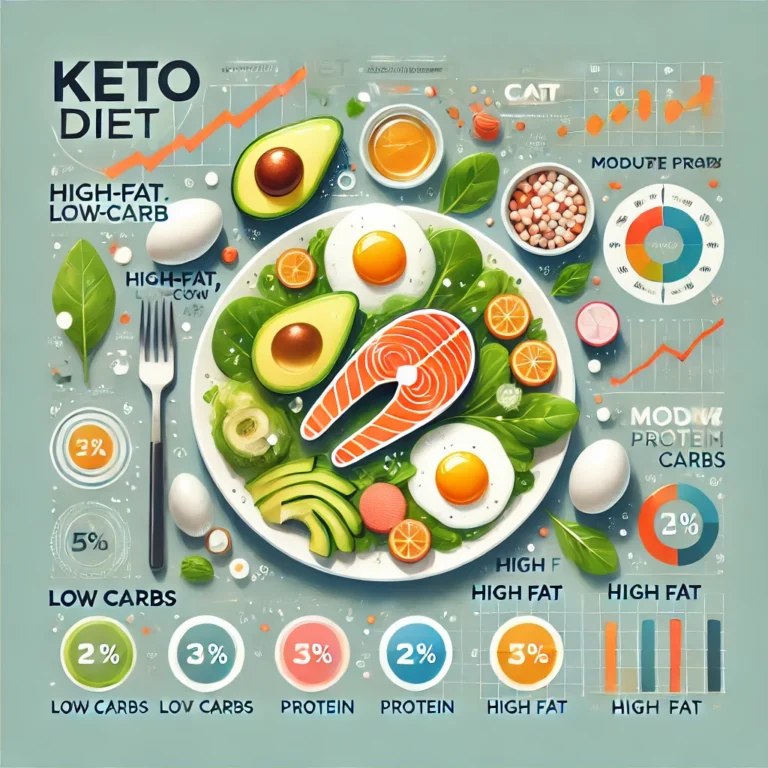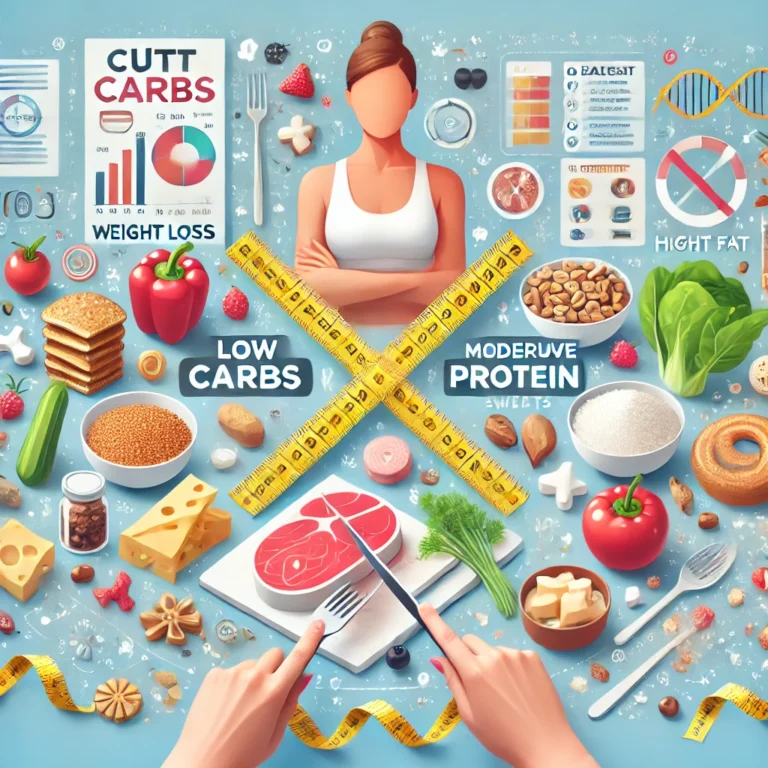
Cutting carbs can be an effective strategy for weight loss, but whether it’s the “best” approach depends on individual preferences, body type, and lifestyle. Here’s a breakdown of why cutting carbs works for many people, as well as the pros and cons of this approach:
Why Cutting Carbs Can Help with Weight Loss
Reduction in Caloric Intake: Carbohydrates, especially refined and processed ones (like white bread, pasta, sugary snacks), can be high in calories and easy to overeat. By reducing or eliminating these, you naturally consume fewer calories.
Improved Insulin Sensitivity: Carbohydrates, particularly simple sugars, can cause spikes in blood sugar. When you consume carbs, your body releases insulin, a hormone that helps store glucose (from carbs) in the liver and muscles. High levels of insulin can promote fat storage, especially if glucose is not being used for energy. Lowering carb intake can reduce these insulin spikes, potentially improving fat metabolism.
Appetite Suppression: Low-carb diets, like the ketogenic diet, often promote foods rich in fats and proteins, which tend to be more satiating than carbs. This helps reduce overall hunger and snacking, making it easier to stick to a calorie deficit (eating fewer calories than your body needs to maintain weight).
Loss of Water Weight: Carbs are stored in the body as glycogen, which binds to water molecules. When you cut carbs, your body depletes its glycogen stores, leading to an initial loss of water weight. While this isn’t fat loss, it can result in a noticeable drop in weight during the first week or so.
Pros of Cutting Carbs for Weight Loss
Fast Initial Weight Loss: The initial loss of water weight can be motivating, especially at the start.
Simplifies Eating Choices: Cutting out high-carb foods like bread, pasta, and sugary snacks can help you focus on whole, nutrient-dense foods.
Better Blood Sugar Control: Low-carb diets can help stabilize blood sugar, which is especially beneficial for people with insulin resistance or type 2 diabetes.
Potential for Fat Loss: By shifting your body’s energy source from carbs to fat (as in the case of ketosis), low-carb diets can promote fat burning.
Cons of Cutting Carbs
Not Sustainable for Everyone: Some people find it hard to stick to a low-carb diet long-term because they miss foods like bread, pasta, and fruits.
Nutrient Deficiency Risk: By cutting out entire food groups, you may miss out on important nutrients found in whole grains, fruits, and vegetables.
Keto Flu: In the early stages of carb restriction, especially in keto diets, people may experience symptoms like headaches, fatigue, and irritability (often called the “keto flu”) as their body adapts to burning fat for fuel.
Exercise Performance: For those engaging in high-intensity exercise, the lack of quick-burning carbs can lead to decreased performance and slower recovery.
Weight Regain: If you reintroduce carbs after losing weight, you may regain some of the lost water weight, which can be discouraging.
Alternatives to Carb-Cutting for Weight Loss
Calorie Counting: Simply focusing on reducing your overall calorie intake (regardless of whether those calories come from carbs, fats, or proteins) can be just as effective for weight loss as cutting carbs.
Balanced Diet: Eating a balanced diet that includes complex carbs (whole grains, vegetables), lean proteins, and healthy fats can promote sustainable weight loss without the need for extreme carb restriction.
Intermittent Fasting: This approach focuses on when you eat rather than what you eat, allowing for flexible food choices while still promoting weight loss through periods of fasting.

